Patterns In The Solar System Answers
Patterns in the solar system answers. Recognizing Patterns in the Solar System Scientists estimate that the solar system started to form about 46 billion years ago. The next four planets Jupiter Saturn Uranus and Neptune are all. As this patterns in the solar system lab answers it ends occurring visceral one of the favored books patterns in the solar system lab answers collections that we have.
Solar System Test - Grade 5 Multiple Choice Directions. The inner four planets Mercury Venus Earth and Mars are all small and rocky. A student records the rising and setting times of the moon for a month.
Jovians are puffy like a marshmallow - low density liquid water. The movement of air across the planet occurs in a specific pattern. How long is a day on Jupiter.
Which planet would float in water. You wont find fiction here like Wikipedia Wikibooks is devoted entirely to the sharing of. Such as non-periodic comets for example.
Using the information from table 181 planetary data and describe the general spacing of the terrestrial vs. File Type PDF Patterns In The Solar System Lab Answers Patterns In The Solar System Lab Answers Yeah reviewing a books patterns in the solar system lab answers could grow your near friends listings. Every member of the solar system revolves around some other member in an elliptical orbit.
Which is the largest planet in our Solar System. From time to time other bodies. It is the name for the collective body that is composed of the Sun and everything that revolves around it including our own planet Earth.
This is why you remain in the best website to see the incredible ebook to have. All terrestrial planets are rockymetallic with an average density about 5x more than liquid water.
How long is a day on Jupiter.
Recognizing Patterns in the Solar System S. Which planet would float in water. From time to time other bodies. Question 1 1 pts Based on your observations of the patterns within our solar system which theory or theories is most supported by these patterns. Which is the largest planet in our Solar System. All terrestrial planets are rockymetallic with an average density about 5x more than liquid water. She studies these data to develop an explanation for the change in time. The properties that could be cited as patterns in the solar system Orbital distance and orbital period proportional 3. As understood attainment does not suggest that you have astounding points.
Using the information from table 181 planetary data and describe the general spacing of the terrestrial vs. She studies these data to develop an explanation for the change in time. All terrestrial planets are rockymetallic with an average density about 5x more than liquid water. Global atmospheric circulation - Polar Ferrel and Hadley cells. I will give BRAINIEST for the best answer. When we look at our solar system in the modern sense as defined by Copernicus and Kepler we immediately see several interesting patterns. Which planet would float in water.
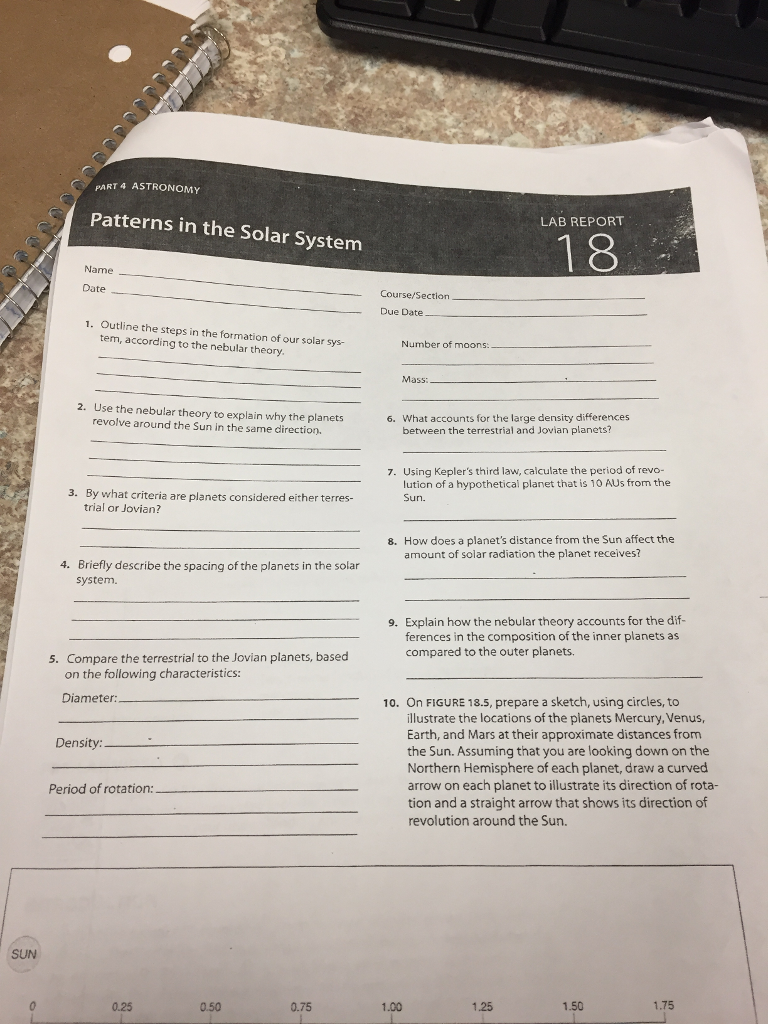

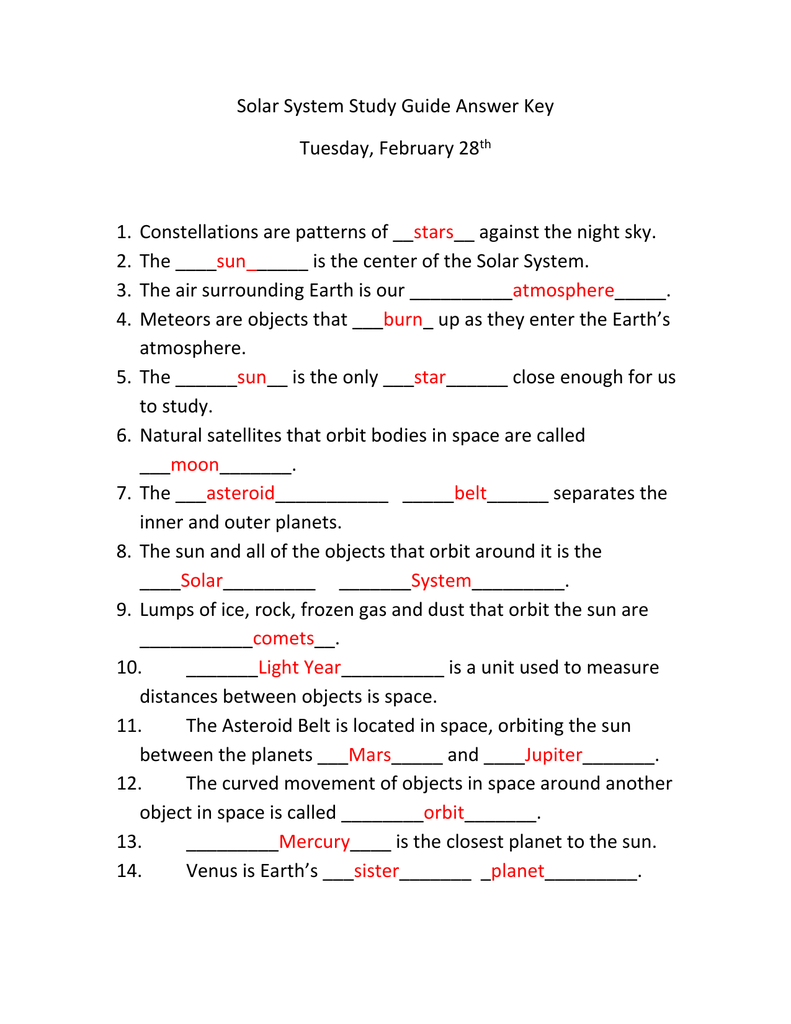
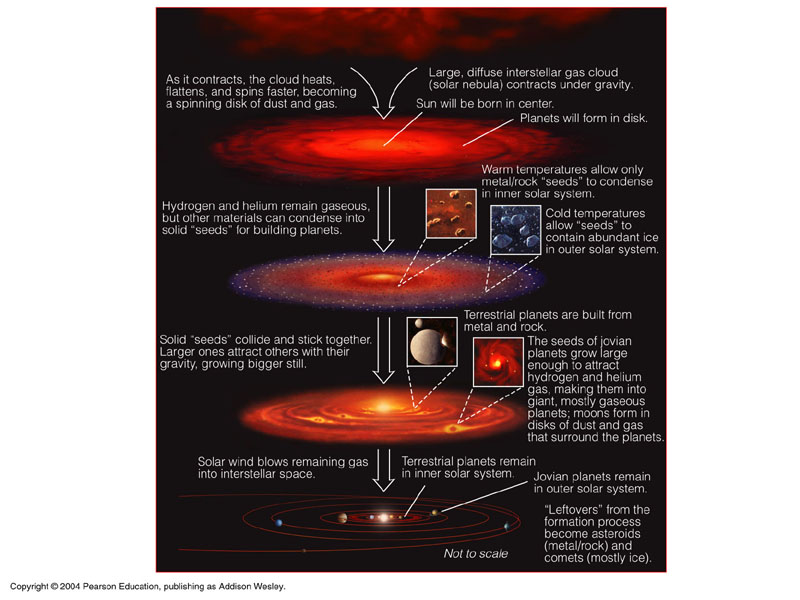
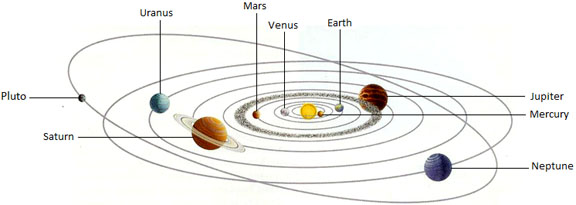


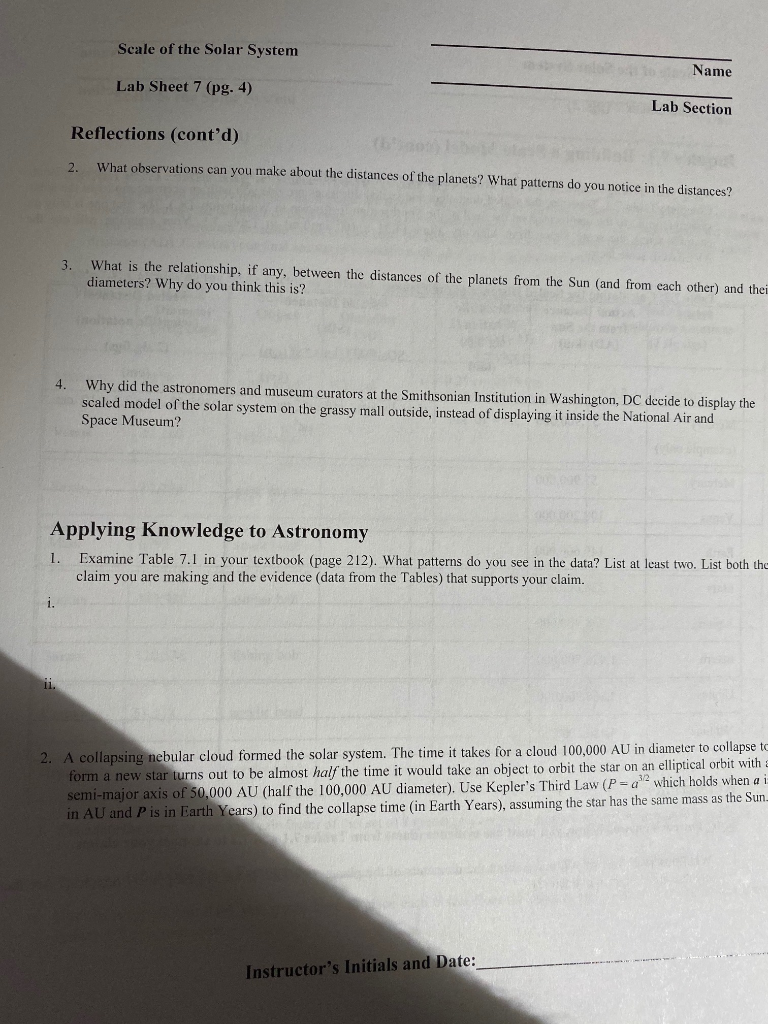


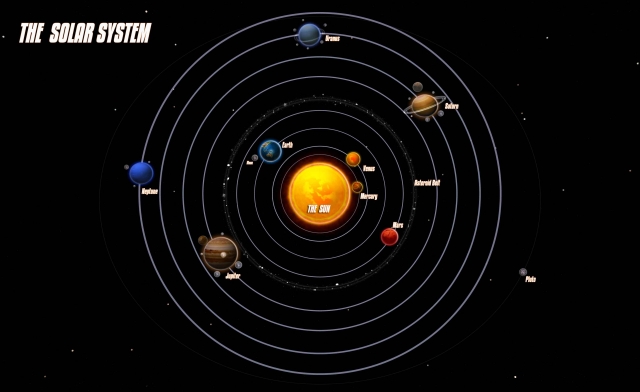

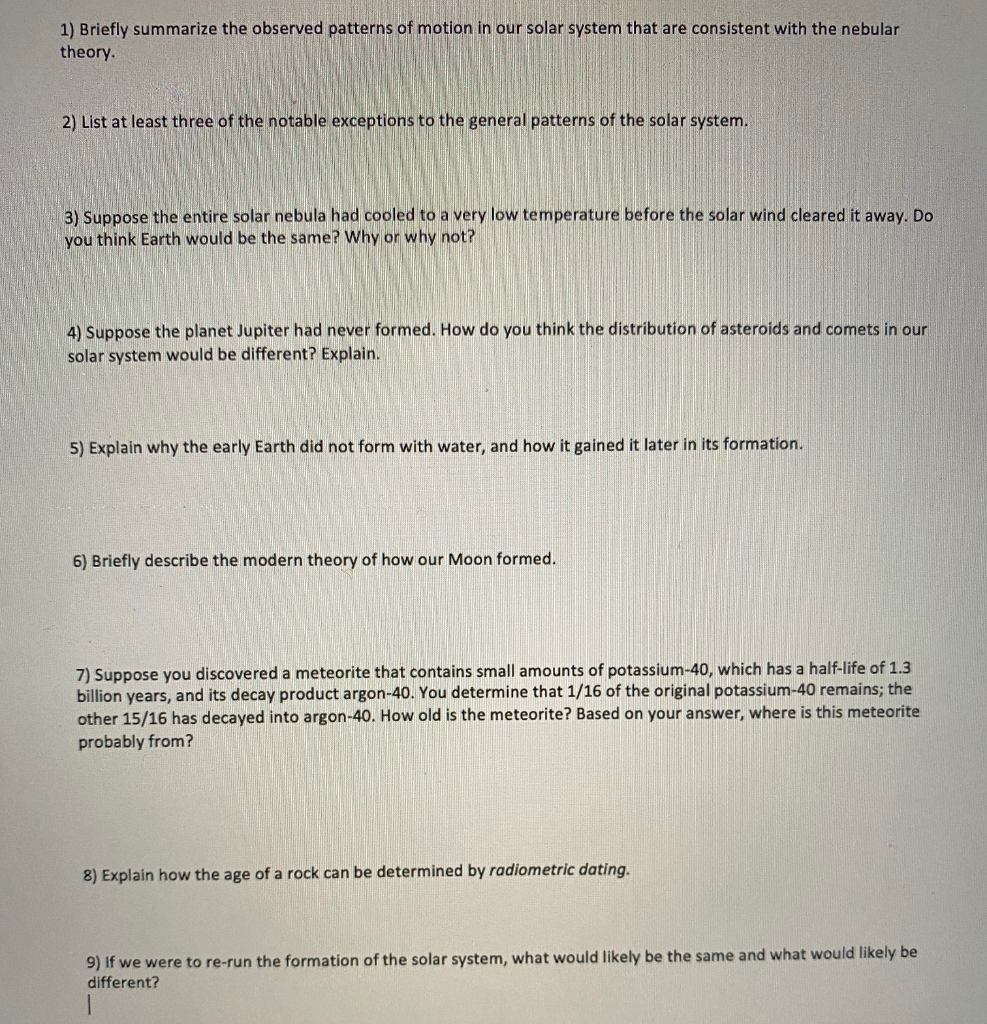

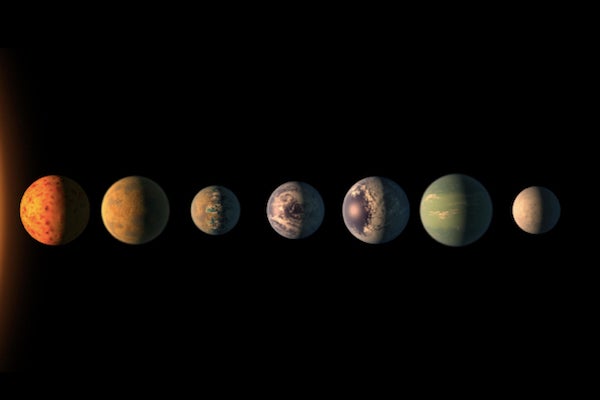
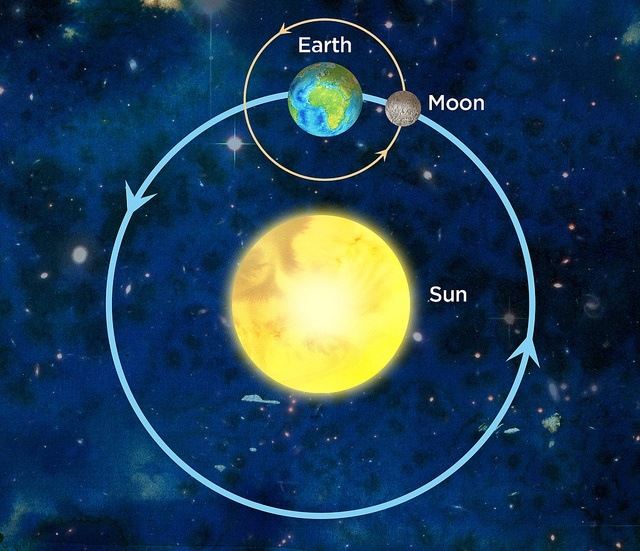




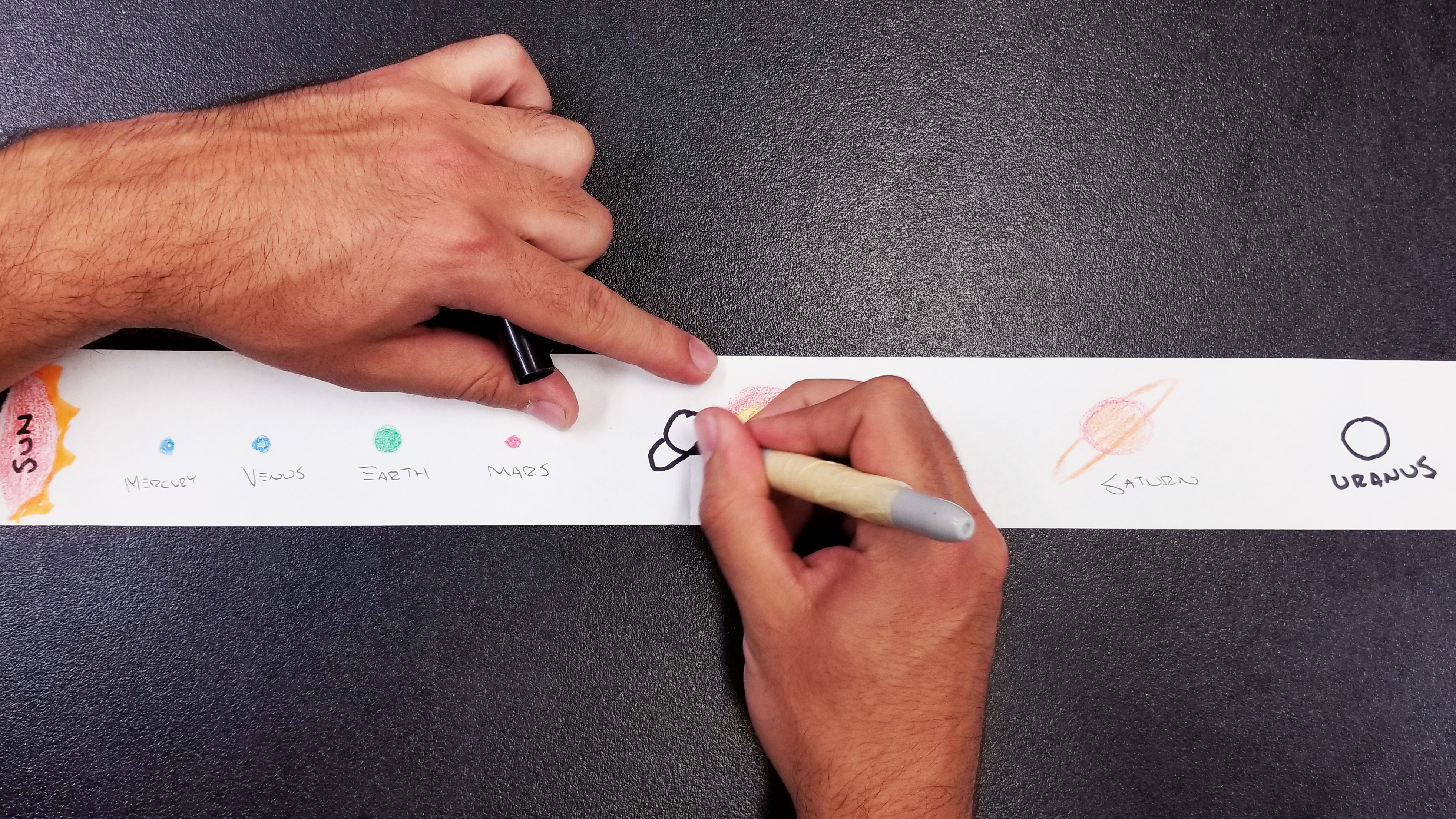



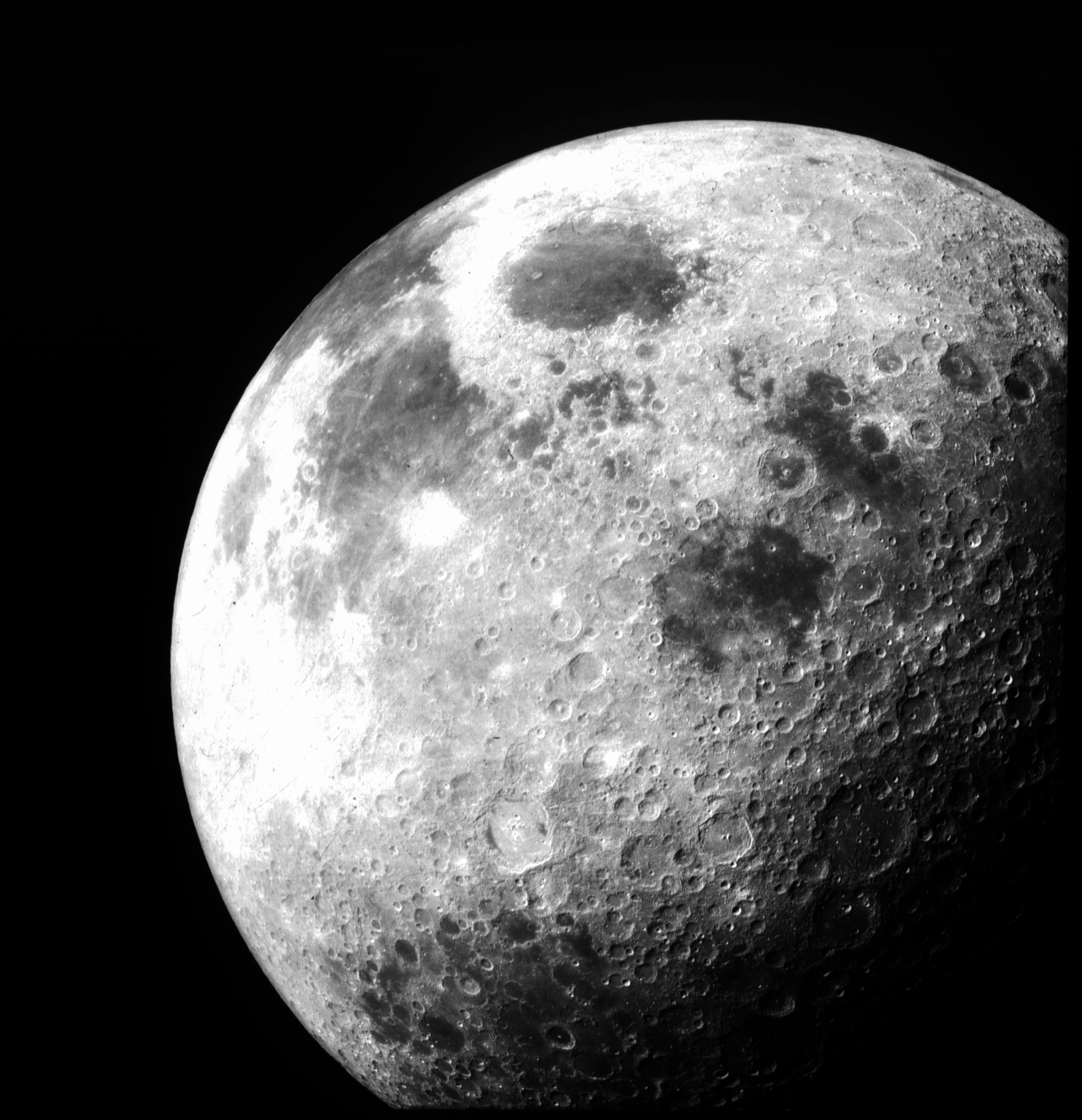



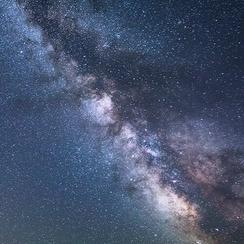


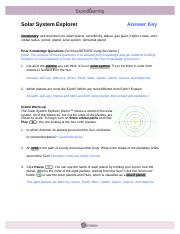




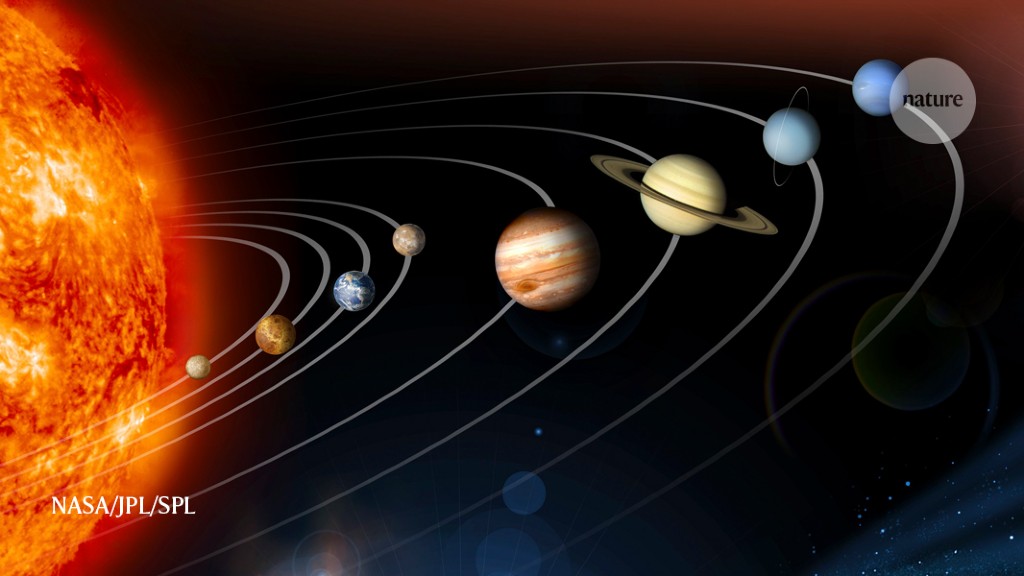

Post a Comment for "Patterns In The Solar System Answers"